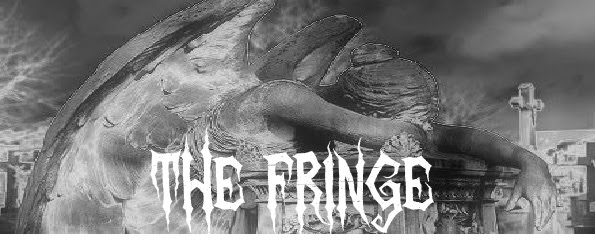I was a ballerina nouveau performing at the Reveur the night Salvador Dali came in. I was a gymnast, an aerial artiste, a dancer extraordinaire. The piano was my stage, my palette. Leaping in the air through various ballet moves, I would land on the keyboard, my toes gently or fiercely touching the keys, and I would play the most beautiful of classical pieces. Chopin was my favorite, and apparently one of Dali’s, too. He came to see me, he said, because I was the form he had been seeking. There was no way to bring grace, movement, intensity, and the physical dimensions to music and art better than I had achieved. He saluted me as a great artist. Then he made love to me. He wanted to draw my body, he said, but first he must experience it. It is the three-dimensional that whispers evocatively of the two-dimensional. Only the two-dimensional is surreal. The three-dimensional world, sadly, is not surreal, but absurd.
He disappeared in the night and never returned. I remember only falling asleep in his arms and then the emptiness of the morning. Every night, for weeks, I looked for him at the Reveur until I recognized my folly and let even my memories of him go.
A year had gone by when the announcements of Dali’s new exhibition appeared. My heart lifted with joy—and apprehension. Would he be glad to see me? Would he even remember me? I should stay away. I must go!
The night of the gallery opening, I made myself as beautiful as I knew how, emphasizing my eyes, which Dali had compared to a cerulean sea. I waited in the gallery, my heart freezing in anticipation each time the door opened, expecting him at any moment to enter and possess the soul of each person there. But he did not arrive. It was his custom not to attend openings—too much attention to him and not the work. Everyone there knew this but me, so I stood alone with my disappointment.
In the corner, I caught sight of it—his newest painting “Three Young Surrealist Women Holding in Their Arms the Skins of an Orchestra.” I had never known such sadness, which pulled at my heart like an undertow or the claws of an insatiable beast. All three of the women’s bodies were mine—variations on a theme, the leitmotifs of my form, our love, his admiration for my artistry. All of it false. All of it pointing to emptiness and loss in a desert in which not even art could survive. One woman held high above her the deflated image of a piano—the platform, the embodiment of my art, now empty, devoid, as two-dimensional as my broken heart that understood now what Dali had meant, whispering to me in our lovemaking, that nothing lasts beyond the moment, the note struck, the longing, and the realization that what seems poignantly unreal is real, and that is the deepest sorrow.

No comments:
Post a Comment